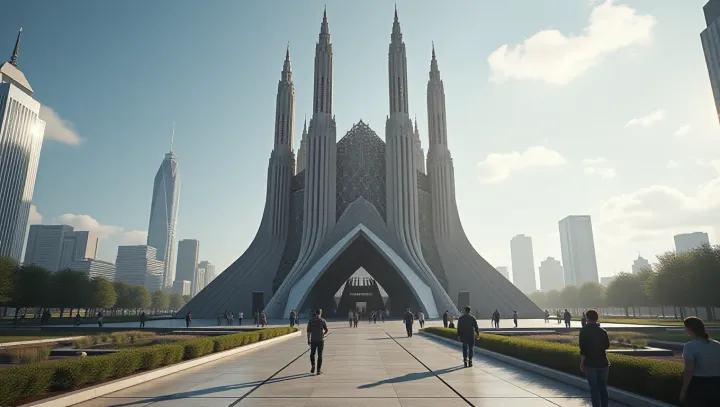Solitary Structures vs. Human Exploration

In the heart of bustling New York City, nestled among the towering skyscrapers, exist solitary structures that have piqued the interest of both local and international tourists. These buildings, often isolated from their surroundings, offer a unique landscape that challenges traditional travel attractions. According to industry experts, these lonely buildings have begun to play a strategic role in urban exploration.
Dr. Emily Collins, an urban studies scholar at Columbia University, notes, 'These structures serve as canvases that reflect human stories and historical narratives, making them invaluable both culturally and economically.' This growing fascination with isolated architecture can be attributed to its ability to evoke emotional responses and provide a stark contrast to the city’s dynamic environment. Urban travelers are drawn to these sites for their aesthetic value and the promise of solitude amidst chaos.
As cities expand and evolving travel preferences demand novel experiences, lonely buildings have emerged as focal points in the tourism industry. They embody the convergence of art, history, and human innovation, inspiring strategic efforts to incorporate them into broader travel itineraries. By redefining how attractions are perceived, these structures invite reflection on humanity’s relationship with space and time, transforming the way both locals and visitors experience the city’s cultural landscape.
